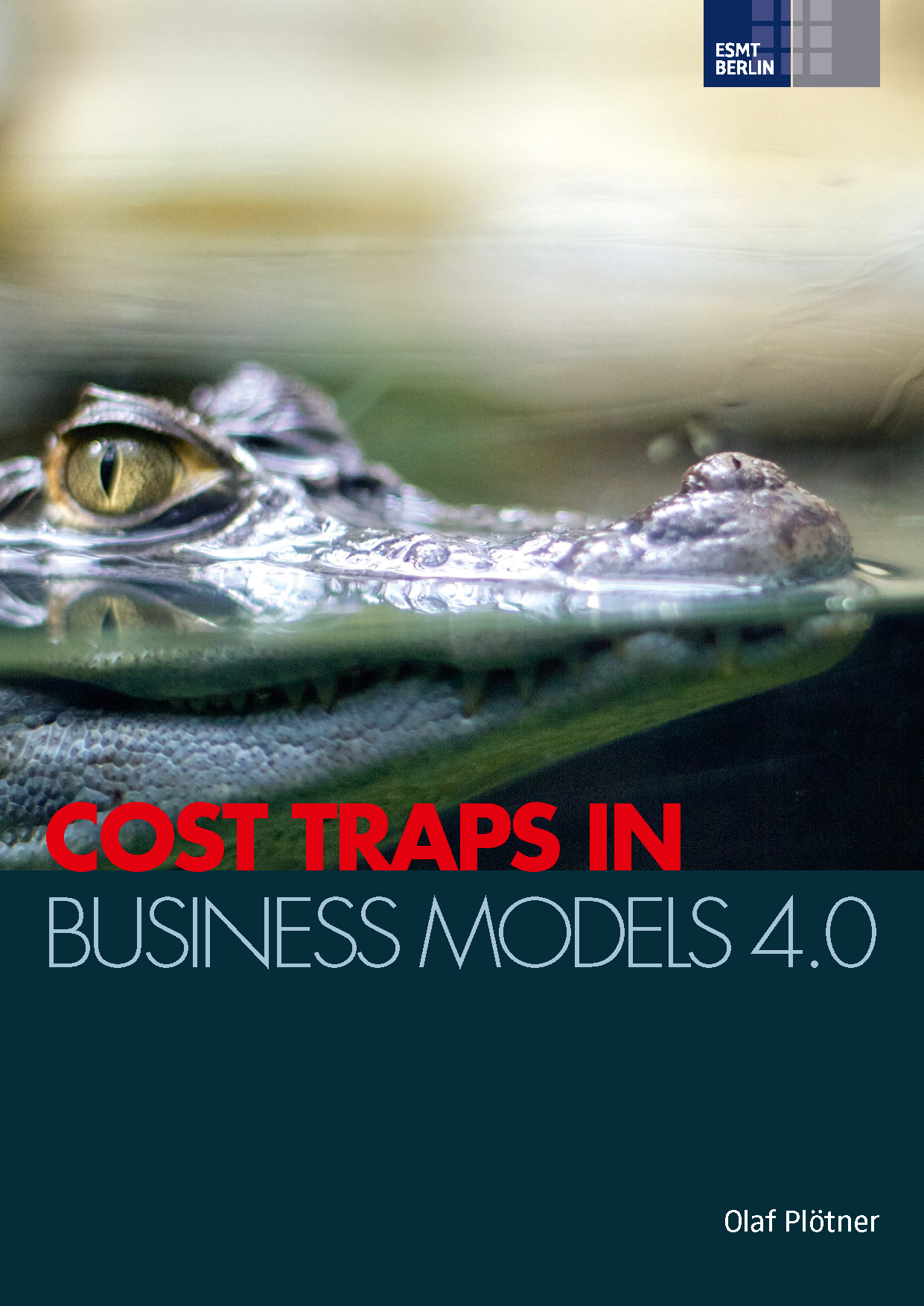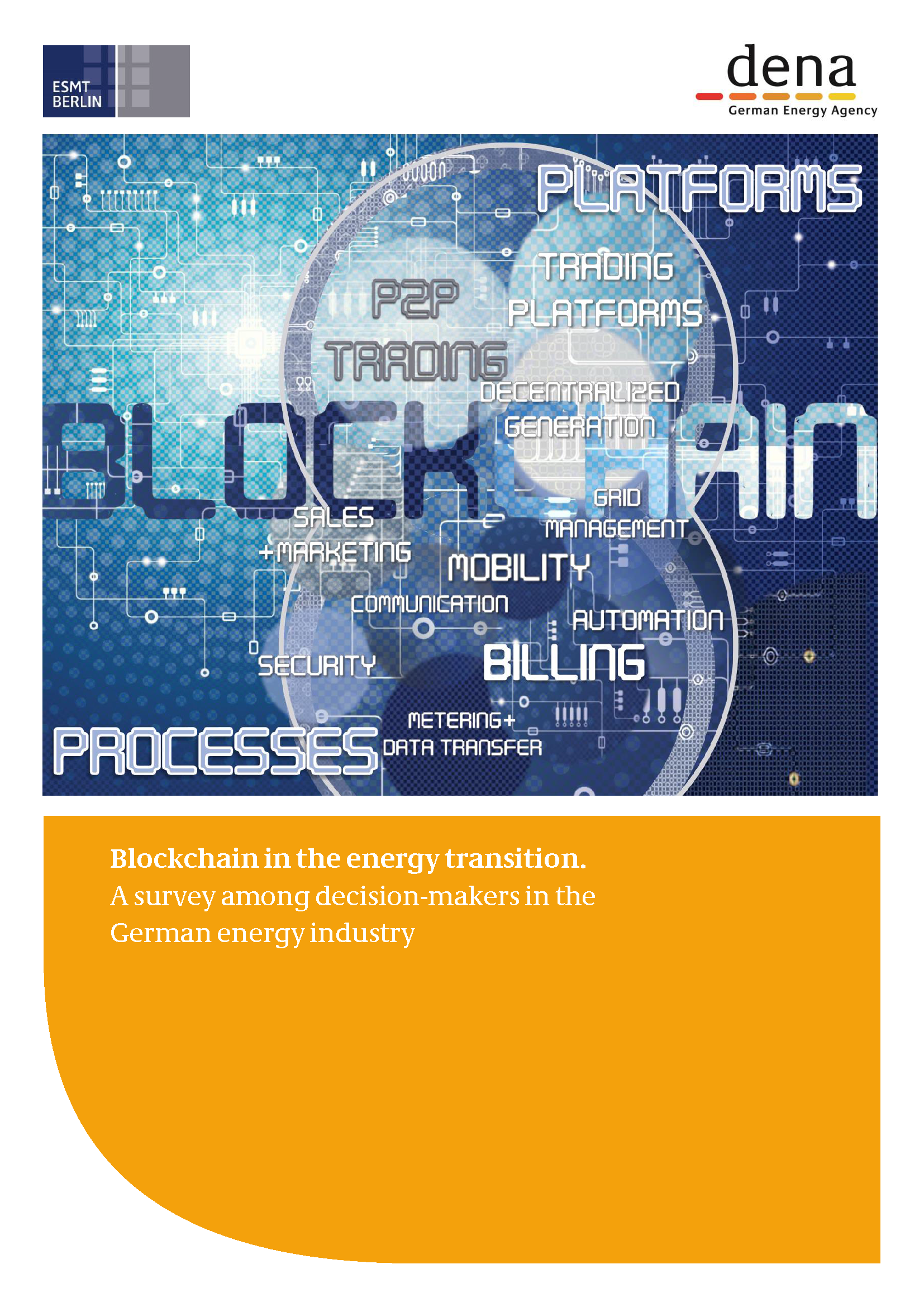Academic articles
Practitioner articles
Working papers
Books
Book chapters
Case studies
Other publications
Subject(s)
Human resources management/organizational behavior; Management sciences, decision sciences and quantitative methods; Strategy and general management
Keyword(s)
Attributional style, charismatic leadership, shared vision
As charismatic leaders are more inclined to have personality traits predisposing them to unconventional, extreme and sometimes self- destructive behavior, there is a question of how those behaviors affect the followers, namely their acceptance of the leader and their willingness to share the leader’s vision. This study explores the interface between potential followers’ attribution of causes of positive and negative behavior of charismatic leaders, and the connection between the leader and followers through shared vision. The study proposes a measure to explore how the followers make attributions of positive or negative events for charismatic and non-charismatic leaders, and the extent to which they are likely to share the vision of a charismatic or a non-charismatic leader using a sample of real business executives. The study finds that the respondents are significantly more likely to share the vision of the charismatic leader, particularly following negative events involving the latter, and are significantly more likely to view negative behavior as less important, more acceptable and more caused by personal reasons. Charismatic leaders may be better able to ‘weather the storm’ when negative events happen compared to the non-charismatic ones. The paper concludes with a suggestion for a new maintenance model of charismatic leadership.
Volume
2017
ISSN (Online)
2151-6561
ISSN (Print)
0065-0668
Subject(s)
Marketing; Product and operations management
Keyword(s)
Freemium, pricing, digitization, field experimentation
JEL Code(s)
M30, M20
Volume
2017
Journal Pages
11533
ISSN (Online)
2151-6561
ISSN (Print)
0065-0668
Subject(s)
Strategy and general management; Technology, R&D management
Keyword(s)
Brokerage, networks, status
ISSN (Online)
2151-6561
ISSN (Print)
0065-0668
Subject(s)
Strategy and general management; Technology, R&D management
Keyword(s)
Inventor mobility, alliance formation, interfirm collaboration, technological capabilities, pharmaceuticals
Volume
2017
ISSN (Online)
2151-6561
ISSN (Print)
0065-0668
Subject(s)
Economics, politics and business environment; Entrepreneurship
Keyword(s)
Decision-making criteria, equity, crowdfunding, evaluability
ISSN (Online)
2151-6561
ISSN (Print)
0065-0668
Subject(s)
Marketing; Product and operations management; Strategy and general management
Keyword(s)
Communications, new business models, pricing models, performance-based prices, customer integration, corporate structures
JEL Code(s)
D23, F23, L11, M31, O33
The traditional business models of industrial enterprises are endangered. Simultaneously, modern data-based technologies enable the development of complex service solutions that can be marketed as innovative business models. By analogy to the application options that are known as Industry 4.0 in Europe we will refer to them as business models 4.0. However, in many cases, the introduction of business models 4.0 is not as successful as expected due to cost overruns. In this paper we have identified nine major cost traps that must be observed for target definition, marketing and implementation. In addition, we highlight measures to help avoid these cost traps.
Pages
30
Subject(s)
Economics, politics and business environment; Health and environment; Product and operations management
Keyword(s)
Blockchain, energy, energy transition
JEL Code(s)
Q41
Blockchain is a distributed, digital transaction technology that allows for securely storing data and executing smart contracts in peer-to-peer networks. In a survey among German energy executives, the German Energy Agency GmbH (dena) and the European School of Management and Technology (ESMT Berlin) have compiled their opinions, current and planned actions, and visions of the future role of Blockchain in the energy sector.
More than half of the 70 respondents has already experimented with Blockchain or plans to do so. 21 percent consider Blockchain a game changer for the energy supply industry. 60 percent of the respondents believe that a further dissemination of the Blockchain is likely, and 14 percent expect niche applications. The survey also covered potential use cases: Around half of the use cases mentioned by respondents are related to process optimization, including billing, sales and marketing, automation, metering and data transfer, mobility, communication, and grid management. The second half is linked to public and private trading platforms, in particular peer-to-peer trade, and decentralized energy generation.
Respondents urge decision-makers to speed up the process of putting Blockchain at the top of their agendas and express concerns that Germany and the European Union might be lagging behind in a global comparison. The rapid launch of prototypes should verify the functionality of the technology and attract a sufficient amount of users to rapidly reach a critical mass. They also fear that the current regulatory framework is not suited at all to accommodate Blockchain applications.
The dena / ESMT analysis reveals that the cost-cutting potential of Blockchain applications has its limitations. Especially in markets where digital solutions already exist, the technology will have to compete with fairly efficient processes. By contrast, nascent markets, such as public charging and billing transactions for electric vehicles, offer possibilities of the Blockchain to become the dominant design.
[Blockchain ist eine dezentral organisierte digitale Plattform, die sichere Datenspeicherung und Trans-aktionen in Peer-to-Peer-Netzwerken ermöglicht. Welche Auswirkungen wird Blockchain auf den Energiesektor haben?
Die Deutsche Energie-Agentur GmbH (dena) und die European School of Management and Technolo-gy (ESMTBerlin) haben Entscheidungsträger der deutschen Energiewirtschaft über ihre Einschätzungen, bestehende und geplante Aktivitäten sowie ihre Vision zum Thema Blockchain befragt. Von den rund 70 Entscheidungsträgern, die an der Umfrage teilnahmen, experimentiert bereits mehr als die Hälfte mit Anwendungen der Blockchain oder plant derartige Vorhaben. 21 Prozent sehen die Blockchain als Game-Changer für die Energieversorgung, 60 Prozent halten die weitere Verbreitung von Blockchain für wahrscheinlich und 14 Prozent erwarten Nischenanwendungen. Nach zukünftigen Anwendungsbereichen der Blockchain-Technologie befragt, fallen rund die Hälfte der Anwendungen in den Bereich öffentliche und private Handelsplattformen, insbesondere Peer-to-Peer-Handel und dezentrale Energieerzeugung, während die andere Hälfte der genannten potenziellen Anwendungen unter dem Begriff „Prozessoptimierung“ zusammengefasst werden kann, einschließlich der Themen Abrechnung, intelligente Zähler und Datenübertragung. Hier werden weiterhin Vertrieb und Marketing, Automatisierung sowie Elektromobilität, Kommunikation und Netzmanagement genannt.
Nach konkreten Handlungsfeldern befragt, empfehlen die Teilnehmerinnen und Teilnehmer der Umfrage Entscheidungsträgern aus Politik und Wirtschaft, dem Thema Blockchain größere Aufmerksamkeit zu widmen, und äußern Bedenken, dass Deutschland und die Europäische Union im globalen Vergleich ins Hintertreffen geraten könnten. Zudem bewegen sich einigen Kommentaren zufolge Blockchain-Anwendungen in einer Grauzone des derzeitigen Rechtsrahmens. Die Finanzierung von Pilotprojekten und Prototypen sollte die Möglichkeiten der Technologie bestätigen und die Einführung kommerzieller Anwendungen für den Massenmarkt beschleunigen.
Die dena-/ESMT-Analyse zeigt, dass das Kostensenkungspotenzial von Blockchain-Anwendungen für die Energiewende begrenzt ist. Insbesondere in Märkten, in denen sich bereits digitale Lösungen bewährt haben, trifft die Technologie auf starke Konkurrenzprodukte und -dienstleistungen. Im Gegen-satz dazu besteht in entstehenden Märkten die Möglichkeit, dass Blockchain in Zukunft zum dominierenden Design werden kann, beispielsweisebei öffentlichen Lade-und Abrechnungstransaktionen für Elektrofahrzeuge.]
German edition of the study: Blockchain in der Energiewende. Eine Umfrage unter Führungskräften der deutschen Energiewirtschaft.
For the press release click here.
Subject(s)
Information technology and systems
Keyword(s)
Hardware Trojans, malicious hardware, layout modifications, bug attacks
Journal Pages
625–647
Subject(s)
Economics, politics and business environment
Keyword(s)
Economics, Econometrics and Finance
Secondary Title
An economist in the real world: The art of policy making in India
Journal Pages
591–593
Subject(s)
Economics, politics and business environment
Keyword(s)
Greek debt crisis, government debt crisis, European debt crisis, Greek bailout, Economic Adjustment Programme
JEL Code(s)
H50, H62, H81, H87
This paper provides a descriptive analysis of where the Greek bailout money went since 2010 and finds that, contrary to widely held beliefs, less than €10 billion or a fraction of less than 5% of the overall programme went to the Greek fiscal budget. In contrast, the vast majority of the money went to existing creditors in the form of debt repayments and interest payments. The resulting risk transfer from the private to the public sector and the subsequent risk transfer within the public sector from international organizations such as the ECB and the IMF to European rescue mechanisms such as the ESM still constitute the most important challenge for the goal to achieve a sustainable fiscal situation in Greece.
Pages
24
ISSN (Print)
1866–4016


